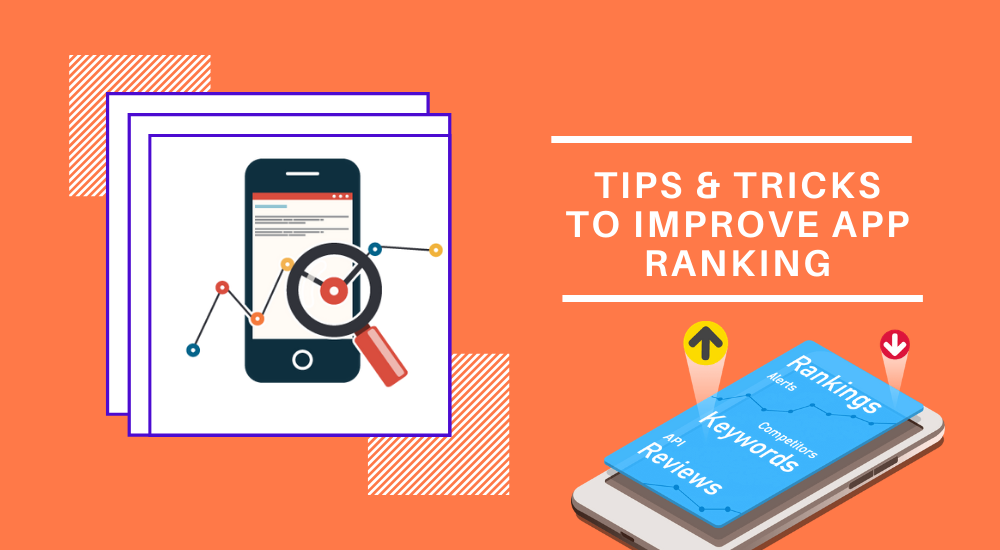
In today’s competitive digital landscape, the development of a groundbreaking app is just the first step towards success. Neglecting the marketing aspect can hinder the app’s reach, despite its potential to achieve significant organic growth. As a technical developer or founder, it is easy to become consumed by perfecting the product, but implementing App Store Optimization (ASO) can unlock the app’s maximum potential. This app promotion blog explores the importance of ranking, how to improve app store ranking, factors that influence it, and highlights the significance of ASO.
1. The Significance of App Store Ranking:
Developing an incredible app is not enough to guarantee its success. Ranking plays a vital role in making an app discoverable to the target audience. The higher an app appears in the search results, the more relevant it seems to people searching for a particular solution. With millions of apps competing for attention, achieving a high-ranking position enhances visibility, credibility, and trust.
2. Influencing Factors in Apple App Store Ranking:
a. Relevant Keywords in App Metadata:
App metadata comprising the app title, description, and keywords should include relevant terms that users are likely to search for. Effective keyword research and strategic placement improve the discoverability and ranking of the app.
b. Conversion Rate:
The ability of an app to convert users from being mere window shoppers to engaged and active users is crucial for ranking. Higher conversion rates significantly impact an app’s ranking as it demonstrates a strong user interest and engagement.
c. Positive Ratings and Reviews:
User feedback in the form of ratings and reviews serves as a testament to an app’s quality and utility. Higher ratings and positive reviews not only boost the app’s ranking but also instill confidence and trust among potential users.
d. User Retention Rate:
App longevity and continued usage are essential for establishing a higher ranking. If users frequently delete an app shortly after installing it, it indicates a lack of value or engagement, negatively impacting the ranking.
e. Quality and Performance of the App:
Apple prioritizes user experience, and app quality and performance play a crucial role in ranking. Apps that consistently crash, exhibit bugs, or have slow loading times are likely to receive lower rankings.
f. Rate of Downloads:
The number of downloads an app receives contributes to its ranking. Apps with a higher download rate are seen as more popular and, therefore, more relevant to users.
g. App Localization:
Adapting an app to different languages and cultures can significantly boost its visibility and appeal to diverse user bases. Localization accounts for user preferences, search patterns, and regional differences, ultimately improving the app’s ranking.
3. The Role of App Store Optimization (ASO):
ASO encompasses strategies and techniques aimed at maximizing an app’s visibility, organic growth, and overall success. By incorporating ASO practices, developers can optimize their app’s metadata, keywords, screenshots, and even explore off-page factors such as social media presence and app promotion. ASO is an ongoing process that requires continuous evaluation and adjustment to keep up with changing trends and user preferences.
Summary
Developers and founders often focus solely on developing an exquisite app, overlooking the vital marketing aspect. However, achieving an app’s full potential requires attention to ASO by enhancing ranking in the Apple App Store. Factors such as relevant keywords, high conversion rates, positive ratings and reviews, user retention, app quality, download rates, and localization all contribute to a higher ranking. By implementing ASO practices and continually refining marketing strategies, developers can ensure their apps meet maximum visibility and reach their intended audience, ultimately leading to long-term success. So, let the app development journeys include ASO to unleash the full potential of the incredible apps out there.
